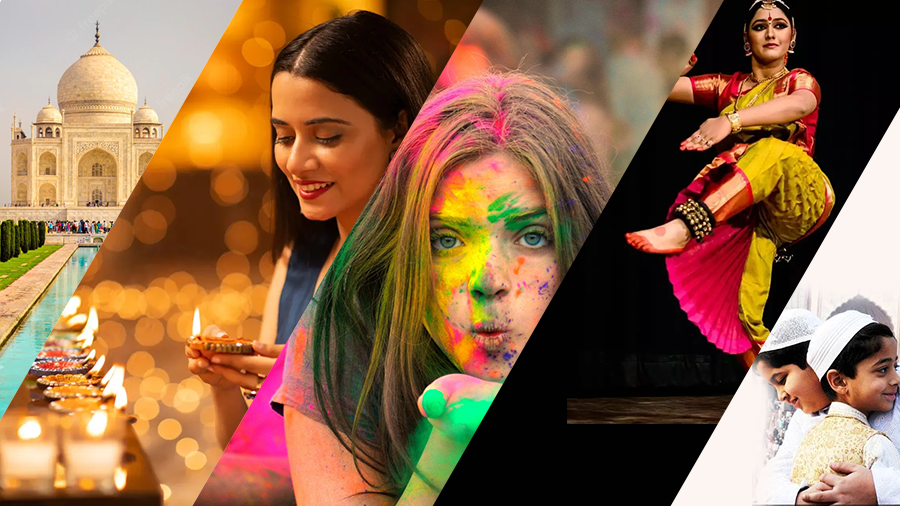
Why India’s Top MBA Programs Are Setting Global Standards
In a world where business acumen is the new gold standard, India has emerged as a hotspot for management education. With a thriving economy and a burgeoning demand for leadership talent, Indian MBA programs have become a force to reckon with on the global stage. But which institutions truly lead the pack, and what makes them unique?
The Icons of Indian Management Education
India boasts a robust ecosystem of premier business schools that consistently rank among the top in Asia. The Indian Institutes of Management (IIMs) dominate the landscape, with IIM Ahmedabad, Bangalore, and Calcutta (ABC)forming the golden triad. But beyond the IIMs, institutes like XLRI Jamshedpur, SPJIMR Mumbai, and ISB Hyderabad have carved their own niche with innovative pedagogy and cutting-edge research.
According to the Ministry of Education’s National Institutional Ranking Framework (NIRF) 2024, IIM Ahmedabad retains its position as the top business school, closely followed by IIM Bangalore. The growing preference for Indian MBAs is evident from the surge in international applications, with nearly 10% of applicants hailing from overseas in the last cycle.
What Sets Them Apart?
1. Pedagogy that Mirrors Global Best Practices
Institutions like ISB Hyderabad employ a one-year MBA format inspired by global giants such as INSEAD. Meanwhile, IIMs continue to refine their flagship two-year programs, balancing theory with experiential learning through internships and case studies.
2. Affordable Excellence
One of the most striking features of Indian MBA programs is their cost-effectiveness. While a top-tier MBA from the US or Europe might burn a hole in your pocket with fees exceeding ₹1 crore, Indian business schools deliver comparable ROI at a fraction of the cost. For instance, the average fee at IIMs hovers around ₹23-30 lakh, and the median placement packages often exceed ₹30 lakh per annum.
3. Diversity and Inclusion
Indian B-schools are increasingly focusing on gender diversity, with institutes like XLRI achieving a record 40% female enrollment this year. Additionally, new-age programs are targeting candidates from non-engineering backgrounds, busting the myth that MBAs are for techies alone.
Cracking the Code: Admissions and Competition
While the world envies India’s B-schools, gaining entry is no cakewalk. The Common Admission Test (CAT), conducted annually by the IIMs, sees over 2.3 lakh applicants vying for less than 5,000 seats. The average cutoff? A daunting 99+ percentile for the crème de la crème like IIM ABC.
For those seeking alternatives, exams like GMAT, XAT (for XLRI), and SNAP (for Symbiosis) are gaining traction. Interestingly, ISB’s preference for mid-career professionals with 4–6 years of work experience sets it apart, making it the go-to destination for seasoned executives.
Emerging Trends and Controversies
The Great Debate: One-Year vs. Two-Year MBA
Does the traditional two-year format still hold relevance in a fast-paced world? While institutions like ISB champion the one-year model for experienced professionals, critics argue that it lacks the immersive campus experience critical for younger aspirants.
Are Placements Overhyped?
Placement reports often tout eye-popping salaries, but how transparent are they? Some have raised concerns about the disparity between “average salaries” and what the median student actually receives. Government regulations are pushing for standardized reporting to ensure clarity.
AI and MBA Curriculum
With AI and data analytics dominating boardrooms, Indian B-schools are revamping their curriculum to keep pace. IIM Bangalore’s newly launched course on generative AI is a case in point, signaling a shift towards future-proofing management education.
The Government’s Push for Quality
The New Education Policy (NEP) 2020 emphasizes skill-based learning, and this is reflected in how MBA programs are evolving. Institutions are increasingly collaborating with global universities to enhance faculty exchange and student mobility. For instance, IIM Bangalore’s partnership with MIT Sloan and XLRI’s tie-ups with international Jesuit institutions are bridging the global-local divide.
Furthermore, the All India Council for Technical Education (AICTE) has mandated that B-schools include sustainability and entrepreneurship in their core syllabus, preparing students for the challenges of tomorrow.
Is an Indian MBA Worth It?
If you’re asking whether an Indian MBA is worth your investment, here’s a statistic to ponder: The World Economic Forum predicts that India will add over 140 million new jobs by 2030, many of which will require sharp managerial skills. With their unique blend of affordability, academic rigor, and global outlook, Indian MBAs offer a ticket not just to the C-suite but to shaping the future of business itself.
Closing Thoughts
India’s MBA programs are more than just degrees; they are incubators for innovation, leadership, and global impact. Whether you’re a fresh graduate or a seasoned professional, these programs promise not just knowledge, but transformation.
The question isn’t whether an Indian MBA can get you to the top—it’s whether you’re ready for the journey.


